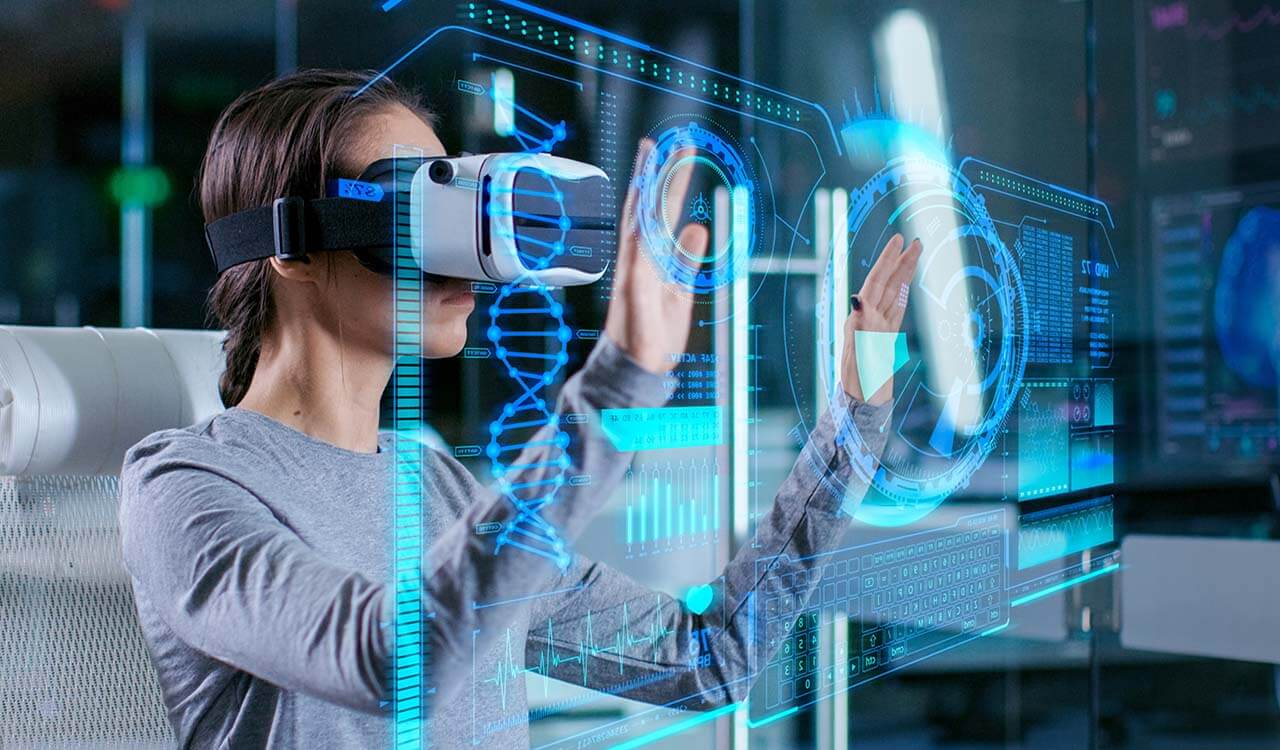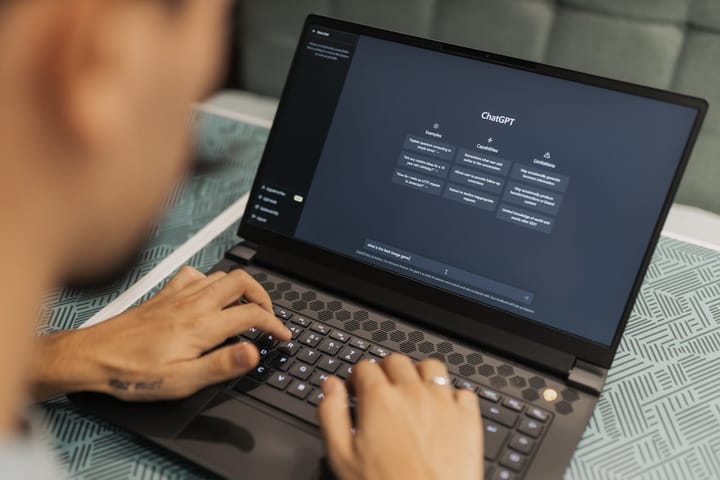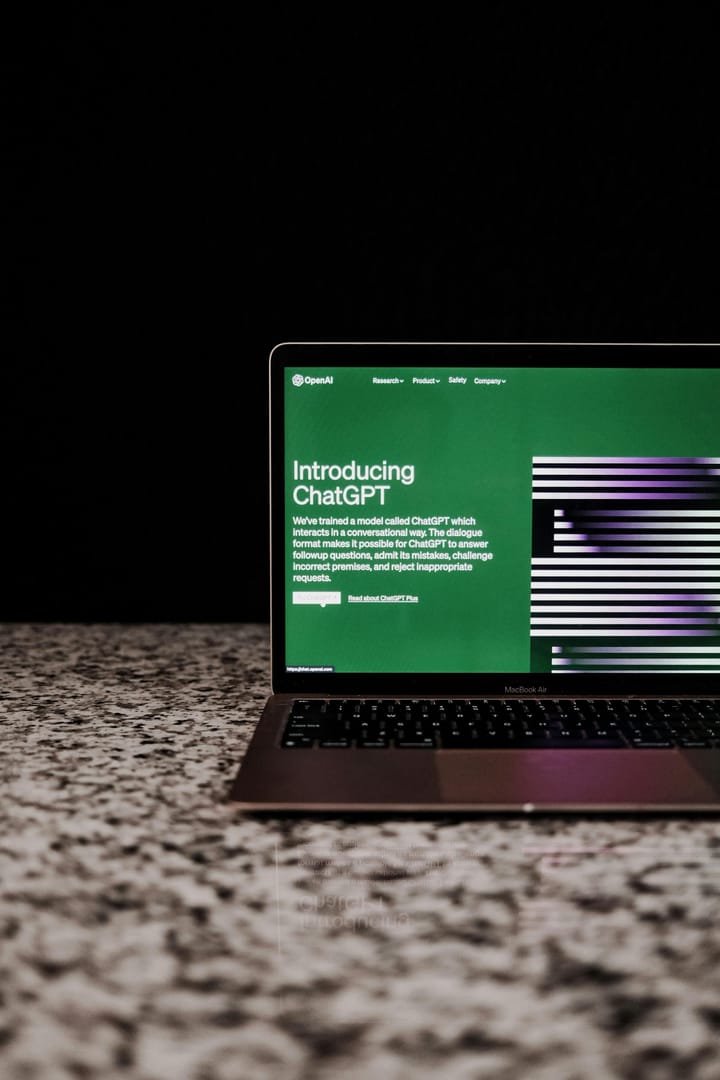How virtual reality is already shaping the future of music

A few minutes every morning is all you need.
Stay up to date on the world's Headlines and Human Stories. It's fun, it's factual, it's fluff-free.
Ever since the creation of MP3s, the music industry has been in a race to adapt to the rapid evolution of computer technology. Now, with virtual reality (VR) on the verge of becoming the next major frontier in entertainment, both music tech companies and artists are becoming early adopters of the technology.
While a few musicians and bands have already found ways to utilize VR in their music videos, the future of musical enjoyment is likely to involve the technology in an even more immersive way.
What is virtual reality?
Virtual reality refers to computer-generated environments that, through a mix of controlled sensory input and hyper-realistic graphics, create a digital experience that feels real.
Not too long ago, VR was merely a science fiction trope but these days the technology has become a multibillion dollar industry, with exponential growth expected over the next decade.
There are thousands of companies worldwide that are investing in virtual reality in one form or another.
Companies such as Samsung and Sony are developing the wearable tech necessary to experience VR environments. Sony’s PlayStation is an example of a traditional video game console that has moved towards VR capabilities.
Meanwhile, companies like Facebook are working to develop apps and other features that will be designed to work with VR technology. Facebook also owns Oculus, one of the biggest names in VR technology, whose range of VR headsets is generally considered to be among the best in the industry.
While much of the talk around VR quality is about the visual technology, an immersive experience also requires auditory stimuli. That’s where the music industry gets involved.

Music in virtual reality
A Forbes report from earlier this year found that half of all on-demand music streamed globally is done not through companies solely devoted to music streaming, such as Spotify and Apple Music, but through YouTube, the video streaming platform.
This comes at a time when music streaming makes up nearly 80% of the music industry’s revenue.
Music consumers aren’t only listening to music, they’re watching it and, increasingly, seeking greater engagement with the artists they enjoy. It’s no surprise, then, that the industry is paying attention to the visual side of experiential music.
While most music listeners would still prefer a live event with a community of fans, a Thinkwell survey found that younger generations are more willing to embrace digital experiences.
On February 2, 2019, the popular online video game “Fortnite” hosted a completely virtual set by the DJ Marshmello. 10.7 million participants took part in the VR concert, “the biggest moment in “Fortnite”’s history.” Having achieved such success, more events of this nature can be expected.
Musicians in virtual reality
In 2019, the experimental Icelandic musician Björk released a new version of her 2015 album “Vulnicura” as a VR album on the online gaming platform Steam. That album, “Vulnicura VR,” was labeled the “first VR pop album.” The VR version of that album was presaged in 2015 by a 360-degree VR video for the album’s first single, “Stonemilker.”
Plenty of artists of other genres have experimented with similar VR videos while others have created digital music environments.
Damian Kulash Jr., lead singer of the pop band OK Go (known for its mind-bending and visually intricate music videos), teamed with music video director Chris Milk to create “Lambchild Superstar: Making Music in the Menagerie of the Holy Cow.”
The elaborately named project was a virtual space where people could collaborate to make music together on virtual instruments.
Meanwhile, a new company, VRTIFY, is specifically focused on helping bands and music venues create virtual reality experiences for fans.
Sound design for a virtual world
The development of digital music environments and virtual concerts offers music fans a new way to interact with their favorite songs and artists. It also requires a new way of producing and mixing music.
Sound engineers, whether working in the studio or at a live venue, have to take into account the environment when recording and mixing music. Creating music for a virtual 3D space, therefore, offers new challenges and requires new considerations.
For instance, when music is recorded in a studio but meant to be experienced as if it were live, sound engineers need to adapt specific techniques for mixing the music. After all, listening to an album on a stereo sounds quite different from listening to music live, and a proper VR experience will reflect that difference.
As virtual reality becomes more intricate, sound engineering will need to continue to advance to help maintain the illusion that the participant is really in the presence of a live musician.
[article_ad]




Comments ()